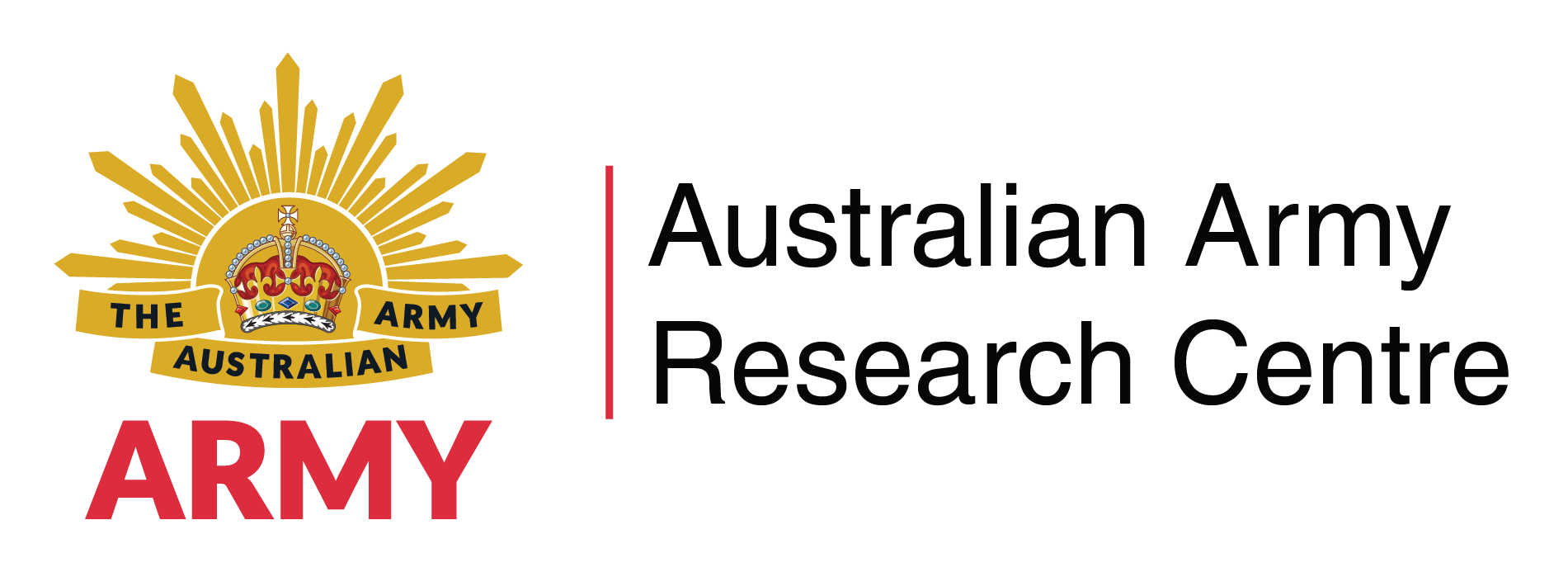Search
Using the filters to the left, click your selection, it will become bold and filter the results, click it again to remove that filter.
Abstract Recent operations would have us believe that Combat Service Support (CSS) personnel have not previously been required to protect themselves. On closer examination it seems that throughout history, support services of armies have been targeted by enemy forces. These lessons are somewhat conveniently forgotten as armies only equip and train their fighting echelons for close combat while largely ignoring the requirement in CSS units. Contemporary and past operations have demonstrated that danger is …
Abstract After 12 years of conflict, it is not surprising that many are beginning to ask what Australia has achieved in Afghanistan and whether Australians have really made a difference. The latter question is less pertinent for the Australian Defence Force (ADF) as, what happens in the years to come is largely a matter for the population of Afghanistan. What should concern the ADF however, is what it can learn from its longest war and its most dynamic foe. This article seeks to build on James Brown’s …
Anzac’s Long Shadow James Brown, Redback, 2014, ISBN 978163956390, 192pp, $19.99 Defence analyst and former army officer James Brown believes that Australia is expending too much time, money and emotion on the Anzac legend, and that today’s soldiers are suffering for it. Vividly evoking the war in Afghanistan, Brown reveals the experience of the modern soldier. He looks closely at the companies and clubs that trade on the Anzac story. He shows that Australians spend a lot more time looking after dead …
Kidnap in Crete Rick Stroud, Bloomsbury, 2014 ISBN 9781408851753, 288pp, $32.99 In 1941 the German army invaded the strategically important Mediterranean island with the largest airborne force in history. The years of Nazi occupation that followed saw mass executions, widespread starvation and the brutal destruction of homes – but amid the horror, the Cretan resistance, the Andartes, with the support of a handful of British SOE agents, fought on heroically. This is the story of the abduction of General …
Abstract The theories of Sir Basil Liddell Hart are a ready staple of Australian doctrine. Indeed they arguably represented the most significant influence on Australian military doctrine between the 1970s and the 1990s, the period in which the Australian Army developed its first independent and operational-level doctrine. This article will examine Liddell Hart’s influence on the Army’s doctrine development and the continuing relevance of his signature theories which espoused two specific military ideas. …
Abstract This paper contends that the three primal constituents of the military art — strategy, tactics and logistics — must be united within the Australian Army’s future concepts. If history is any guide, this will be a significant challenge for the Army’s modernisation and planning. Yet the marriage of these components is not new. Indeed, Baron Antoine-Henri Jomini emphasised the inseparable nature of logistics, strategy and tactics in his classic work The Art of War . Other authors also argue that …
Abstract This article examines the role and use of one of the largest and most flexible sub-units in a combat brigade, the armoured personnel carrier (APC) squadron. It contends that, without a better understanding of all aspects of the combat brigade across the land force, the Army may not utilise its combat assets to best effect. Based on the author’s personal experience, the article explains the best use of an APC squadron and contrasts the armoured mobility of the APC with the protected lift provided …
Abstract Commanders in the Australian Army pride themselves on sound military decision- making based on thorough analysis of the threat, terrain and their higher commander’s intent. Yet this self-assurance is misleading. The employment of existing military planning tools should lead commanders to develop adaptable tactical solutions that account for the vulnerabilities in a given threat system. However, tactical military commanders often do not conduct a detailed appreciation of the threat system or, if …
Abstract Although not deliberate, a significant risk to Army’s operational security is the current use of mobile telephony by senior Army leaders. Senior Army leaders use mobile telephony to receive and provide information that is distilled, timely and accurate, offering an enemy force or a strategic competitor high value information for little effort. Conversely, significant investment has been made to secure Army’s tactical communications, where information is mostly disaggregated and short- term. Some …
The Chauvel Prize is an annual award presented to an eligible recipient whose published Australian Army Journal article best contributes to the debate on future land warfare. The prize is named after Sir Henry George Chauvel (1865–1945), more usually known as Sir Harry Chauvel, who was the first Australian to reach the rank of Lieutenant General and later General. He was also the first to lead a corps and, as commander of the Desert Mounted Corps, was responsible for one of the most decisive victories and …
